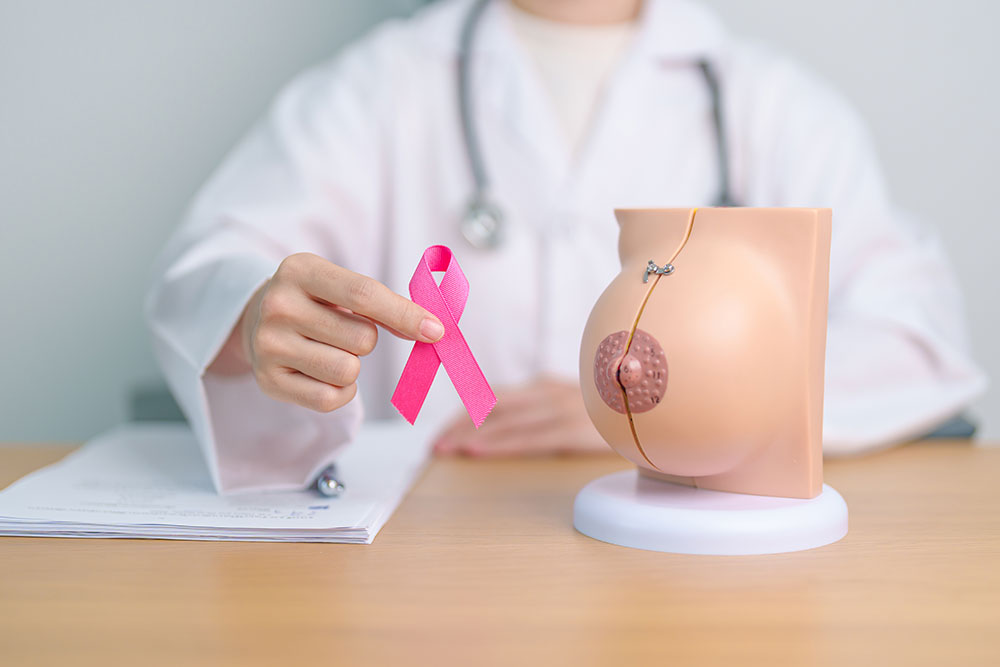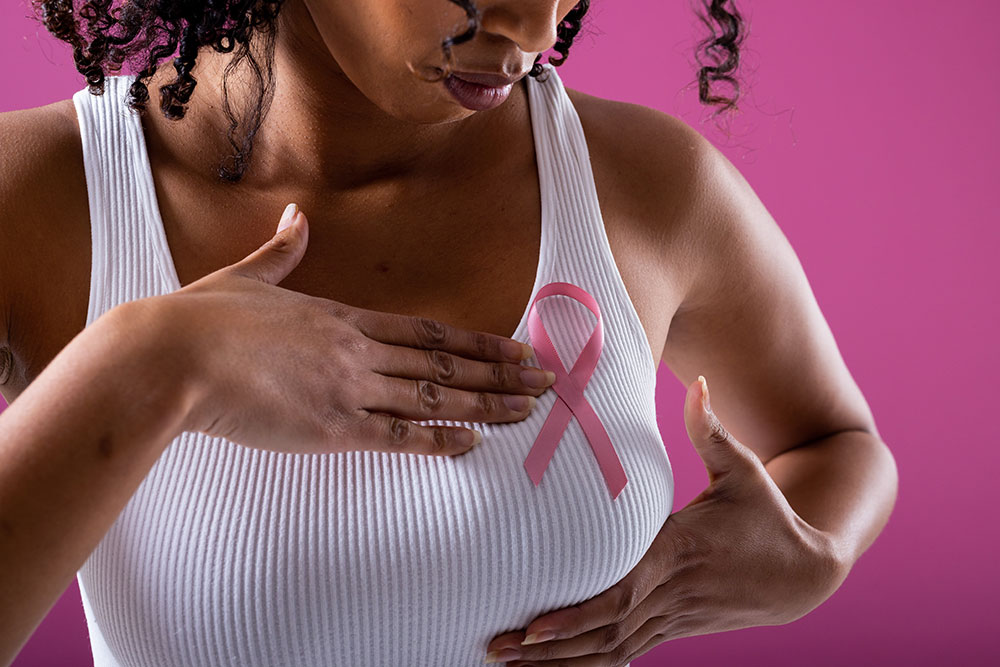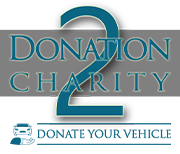Understanding Breast Cancer

Breast cancer is a significant health concern for women worldwide. Understanding its types, stages, symptoms, and general statistics can help individuals feel more informed and prepared, whether they are facing a diagnosis themselves or supporting a loved one. This guide aims to provide a detailed introduction to breast cancer, serving as a valuable resource for newly diagnosed patients and their families.
What is Breast Cancer?
Breast cancer is a type of cancer that forms in the cells of the breasts. It can occur in both men and women, but it is far more common in women. The disease begins when cells in the breast start to grow uncontrollably. These cells usually form a tumor that can be seen on an X-ray or felt as a lump. If left untreated, breast cancer can spread to other parts of the body.
Types of Breast Cancer
Understanding the different types of breast cancer is crucial for diagnosis and treatment. The main types include:
- Ductal Carcinoma In Situ (DCIS): This is a non-invasive cancer where abnormal cells are found in the lining of a breast duct but haven’t spread outside the duct.
- Invasive Ductal Carcinoma (IDC): The most common type, IDC begins in the breast ducts and then invades nearby tissue. It can spread to other parts of the body.
- Invasive Lobular Carcinoma (ILC): This cancer starts in the lobules (glands that produce milk) and can spread to nearby tissue and other parts of the body.
- Triple-Negative Breast Cancer: This type lacks three common receptors known to fuel most breast cancer growth—estrogen, progesterone, and the HER 2 receptor. Triple-negative breast cancer tends to be more aggressive and has fewer treatment options.
- HER2-Positive Breast Cancer: This type has an excess of the HER2 protein, which promotes the growth of cancer cells. Treatments targeting the HER2 protein can be very effective.
- Inflammatory Breast Cancer (IBC): A rare but aggressive form of breast cancer, IBC blocks lymph vessels in the skin of the breast, causing the breast to look inflamed and feel warm.
- Paget’s Disease of the Nipple: This rare form of breast cancer starts in the ducts of the nipple but extends to the nipple’s surface and the areola.

Stages of Breast Cancer
Breast cancer staging describes the extent of cancer in the body and helps guide treatment. The stages range from 0 to IV:
- Stage 0: Known as DCIS, cancer cells are confined to the ducts and have not spread.
- Stage I: The tumor is up to 2 centimeters in size and has not spread to lymph nodes or has spread to a few small nodes.
- Stage II: The tumor is between 2 and 5 centimeters, or cancer has spread to several nearby lymph nodes.
- Stage III: The tumor is larger than 5 centimeters or cancer has spread extensively to nearby lymph nodes or tissues.
- Stage IV: Cancer has spread (metastasized) to other parts of the body, such as the bones, liver, lungs, or brain.
Symptoms of Breast Cancer
Early detection of breast cancer significantly increases the chances of successful treatment. Common symptoms include:
- A lump in the breast or underarm that persists after your menstrual cycle
- Change in the size, shape, or appearance of the breast
- Skin changes on the breast, such as dimpling or puckering
- A nipple that becomes inverted or develops a rash
- Unexplained pain in the breast or nipple
- Discharge from the nipple, other than breast milk
General Statistics
Breast cancer is the most common cancer among women worldwide.
Here are some key statistics:
- According to the World Health Organization (WHO), approximately 2.3 million women were diagnosed with breast cancer in 2020, and 685,000 deaths occurred globally.
- In the United States, the American Cancer Society estimates that in 2023, about 297,790 new cases of invasive breast cancer will be diagnosed, and about 43,700 women will die from the disease.
- The five-year survival rate for localized breast cancer (cancer that has not spread) is 99%. For cancer that has spread to nearby lymph nodes, the survival rate drops to 86%, and for metastatic breast cancer, the five-year survival rate is 29%.

Risk Factors
Several factors can increase the risk of developing breast cancer, including:
- Genetics: About 5-10% of breast cancers are linked to inherited genetic mutations, such as BRCA1 and BRCA2.
- Family History: Having a close relative with breast cancer increases your risk.
- Age: The risk of breast cancer increases with age, most cases being diagnosed after age 50.
- Hormone Replacement Therapy (HRT): Long-term use of HRT can increase the risk.
- Reproductive History: Early menstruation (before age 12) or late menopause (after age 55) increases the risk.
- Lifestyle Factors: Obesity, alcohol consumption, lack of physical activity, and a diet high in saturated fats can increase the risk.
Prevention and Early Detection
While there is no sure way to prevent breast cancer, certain measures can help reduce the risk:
- Regular Screenings: Mammograms can detect breast cancer early, often before symptoms appear. Women aged 40 and older should discuss screening options with their healthcare provider.
- Healthy Lifestyle: Maintaining a healthy weight, staying physically active, and limiting alcohol can help reduce risk.
- Breastfeeding: Breastfeeding for several months can slightly lower breast cancer risk.
- Genetic Testing and Counseling: For those with a family history of breast cancer, genetic testing can help assess risk and guide preventive measures.
Conclusion
Understanding breast cancer is crucial for early detection, effective treatment, and improving survival rates. This comprehensive guide provides an overview of the types, stages, symptoms, and statistics related to breast cancer, offering valuable information for every woman. By staying informed and proactive about breast health, women can better navigate the challenges of this disease and support one another in the fight against breast cancer.
Please consider donating your Car, Truck, SUV, Van, RV, or Boat to one of our Charities.
NOTE: Our Blogs have been fact-checked; however, we cannot guarantee 100% accuracy. If you find any incorrect information, please let us know in the comments and we will remove or edit inaccurate content. Thank you!




